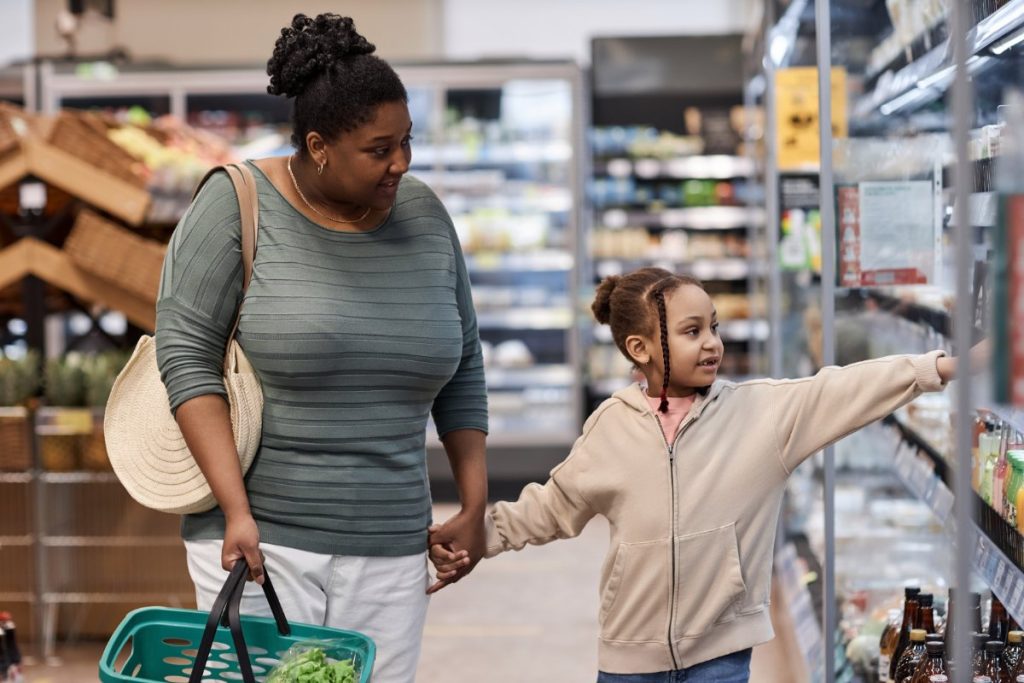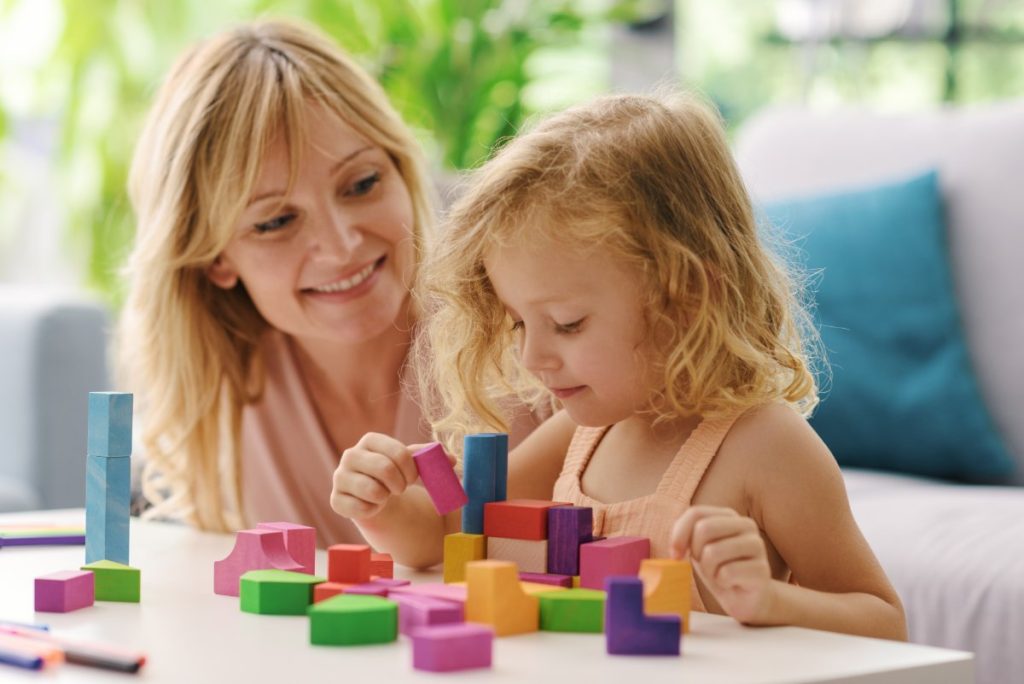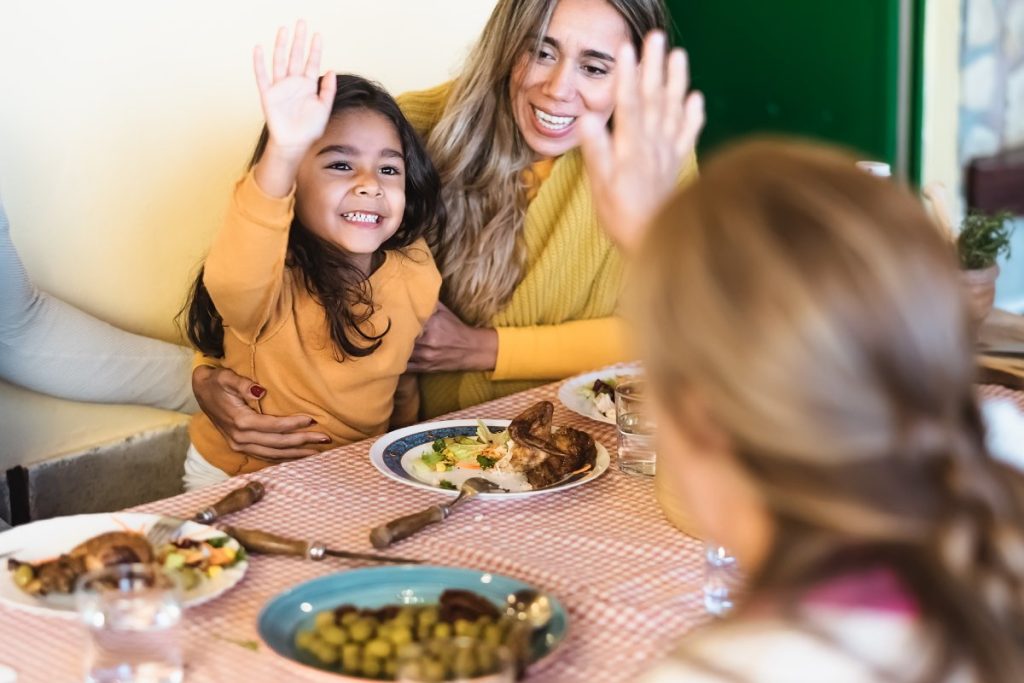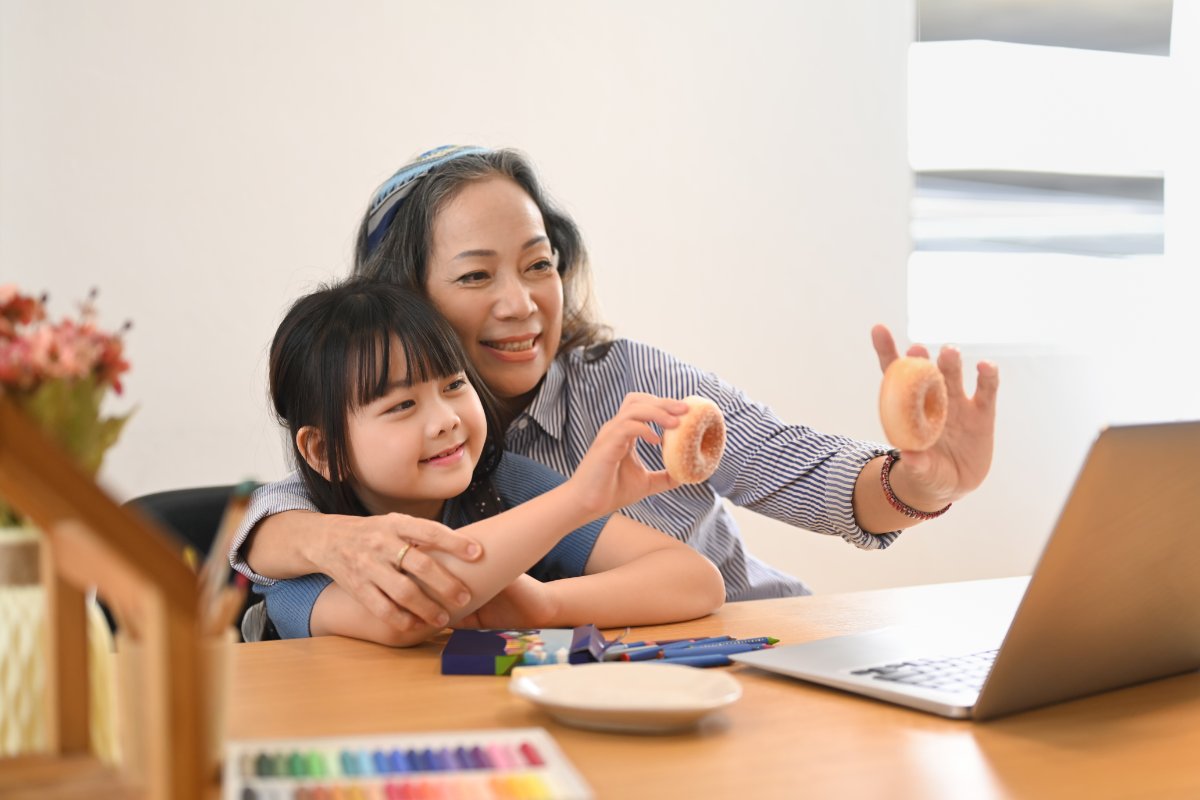When your child begins to successfully label—or “tact”—common objects during therapy sessions, it’s an exciting milestone.
But for these skills to be truly meaningful, your child needs to use them not just in the therapy room, but out in the real world. That’s where generalization comes in.
Generalization means your child can use a learned skill in new environments, with different people, and under varied circumstances.
In this post, we’ll explore simple, fun ways you can help your child generalize tacting skills at home and in the community. This is key with language development and improving communication skills.
Table of Contents
What Is Tacting, and Why Does It Matter?
Tacting is a foundational verbal behaviour skill that involves labelling or naming things in the environment—for example, saying “apple” when seeing an apple.
It’s essential for communication, social interaction, and learning.
But just because a child can tact an item during therapy doesn’t mean they’ll automatically do so at the park, the grocery store, or at home.
That’s why generalization is such a critical step in the learning process.
Tips to Help Your Child Generalize Tacting at Home and in the Community
Here are some practical ways to support generalization during daily routines:
1. Make the Grocery Store a Fun Practice Opportunity

The grocery store is full of opportunities to practice tacting. As you shop, pause before placing items in the cart and encourage your child to label them.
Parent says, “Here comes some…” (wait for your child to say “bananas”)
2. Sing and Point with Songs

Songs like Old MacDonald Had a Farm offer a playful way to practice tacting. While singing, hold up toy animals, picture cards, or even real animal photos, and encourage your child to name them.
Parent says, “And on that farm he had a…” (child says “cow” as you hold it up)
3. Label During Playtime

Use your child’s favorite toys to practice tacting. Cars, blocks, dolls, and puzzles are all great tools.
Parent says, “What is this?” (Hold up a toy truck), “You’re building with…” (wait for them to say “blocks”)
4. Use Mealtime as a Learning Moment

During meals or snacks, label the foods, utensils, or dishes.
Parent says, “What are you eating?”, “Can you hand me the spoon?”
5. Around the House
Turn everyday routines into an adventure. Walk through different rooms and point out objects your child has previously learned to tact.
Parent says, “What do we see in the kitchen?”, “What’s this on the table?” (hold up a cup)

The Portia ABA Curriculum includes detailed Generalization at Home procedures for Skill Acquisition Tasks.
There is also a report that BCBAs can share with parents, which includes the Generalization at Home Procedure and the related targets for each Task.
This will help parents continue skill-building outside of therapy.
Encouragement and Consistency Matter
Remember to offer praise and reinforcement when your child correctly labels objects. This might be a high-five, a smile, or their favorite reward, depending on what motivates them.
Don’t worry if your child doesn’t get it right every time. The goal is to give them lots of natural opportunities to practice.


